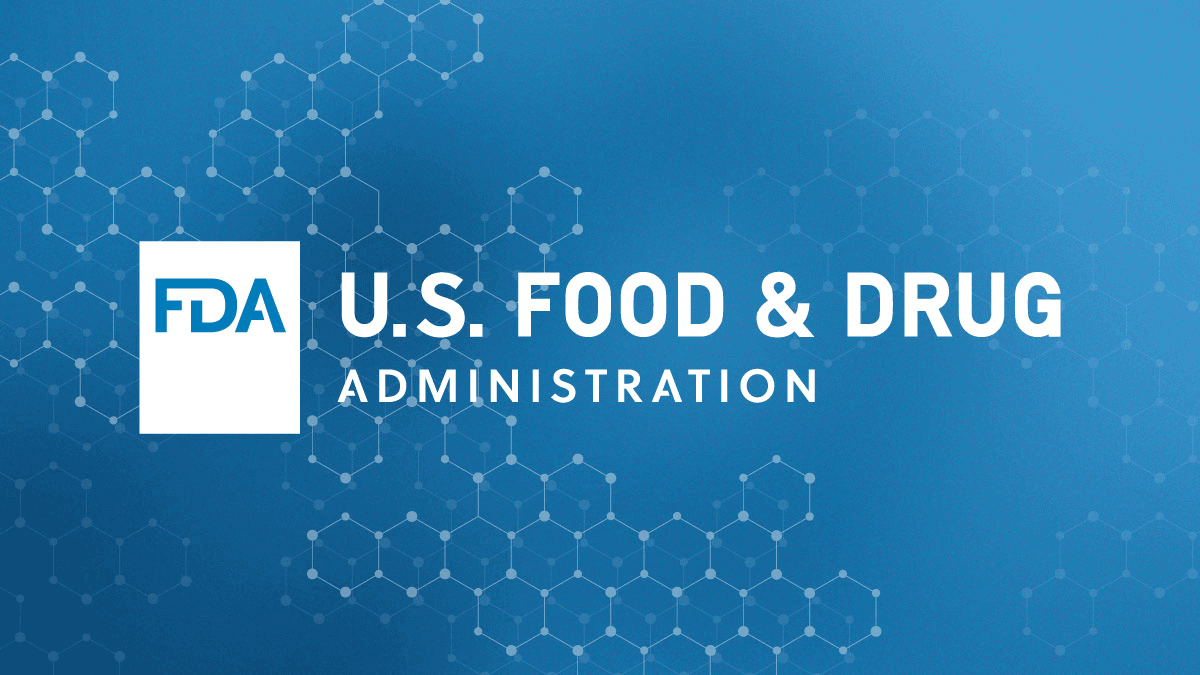FDA Protects Patients from Harmful Drugs Through the DSCSA

The U.S. Food and Drug Administration is implementing the Drug Supply Chain Security Act (DSCSA) to ensure the safety and security of the drug supply chain. The law requires trading partners to implement measures to trace and verify prescription drugs from manufacturers to dispensers. Recently, the FDA announced a 1-year "stabilization period" to allow trading partners to implement electronic tracing systems. The FDA will also assess the feasibility of small dispensers conducting electronic tracing. The FDA is finalizing guidance documents and working towards achieving electronic tracing of products at the package level.
Source: Link
Frequently Asked Questions (FAQs)
FAQ 1: What is the Drug Supply Chain Security Act (DSCSA)?
Answer: The Drug Supply Chain Security Act (DSCSA) is legislation passed by the United States Congress to enhance the security of the pharmaceutical supply chain. It outlines steps to build an electronic, interoperable system to identify and trace certain prescription drugs as they are distributed in the United States. This system is intended to protect consumers from exposure to drugs that may be counterfeit, stolen, contaminated, or otherwise harmful.
FAQ 2: How does the FDA enforce the DSCSA to protect patients from harmful drugs?
Answer: The FDA enforces the DSCSA by implementing a set of requirements for manufacturers, repackagers, wholesale distributors, dispensers, and third-party logistics providers. These requirements include product identification, tracing, and verification, as well as detection and response mechanisms for suspect and illegitimate products. Compliance with these requirements helps ensure that harmful drugs are identified and prevented from entering the supply chain, thereby protecting patients.
FAQ 3: What are the product tracing requirements under the DSCSA?
Answer: Under the DSCSA, trading partners, including manufacturers, wholesalers, and dispensers, are required to provide and capture transaction information, transaction history, and transaction statements in a standardized format. This enables the tracing of drug products through the entire supply chain.
FAQ 4: What is the DSCSA stabilization period announced by the FDA?
Answer: The FDA's recently announced 12-month stabilization period refers to a time during which the FDA is focusing on aiding the industry in achieving compliance with the DSCSA requirements instead of taking enforcement actions. This period allows the stakeholders of the pharmaceutical supply chain to apply the necessary supply chain safeguards under the act more effectively.
FAQ 5: What is Form FDA 3911, and how is it used under the DSCSA?
Answer: Form FDA 3911 is used by stakeholders to notify the FDA of illegitimate products or other violations of the DSCSA. The form is part of the mechanisms in place for trading partners to comply with notification requirements under the act.
For specific and detailed information, it's best to directly refer to the resources such as the FDA's DSCSA guidance pages and FAQs provided by healthcare compliance organizations. You can find comprehensive responses to FAQs on the linked FDA page here.

